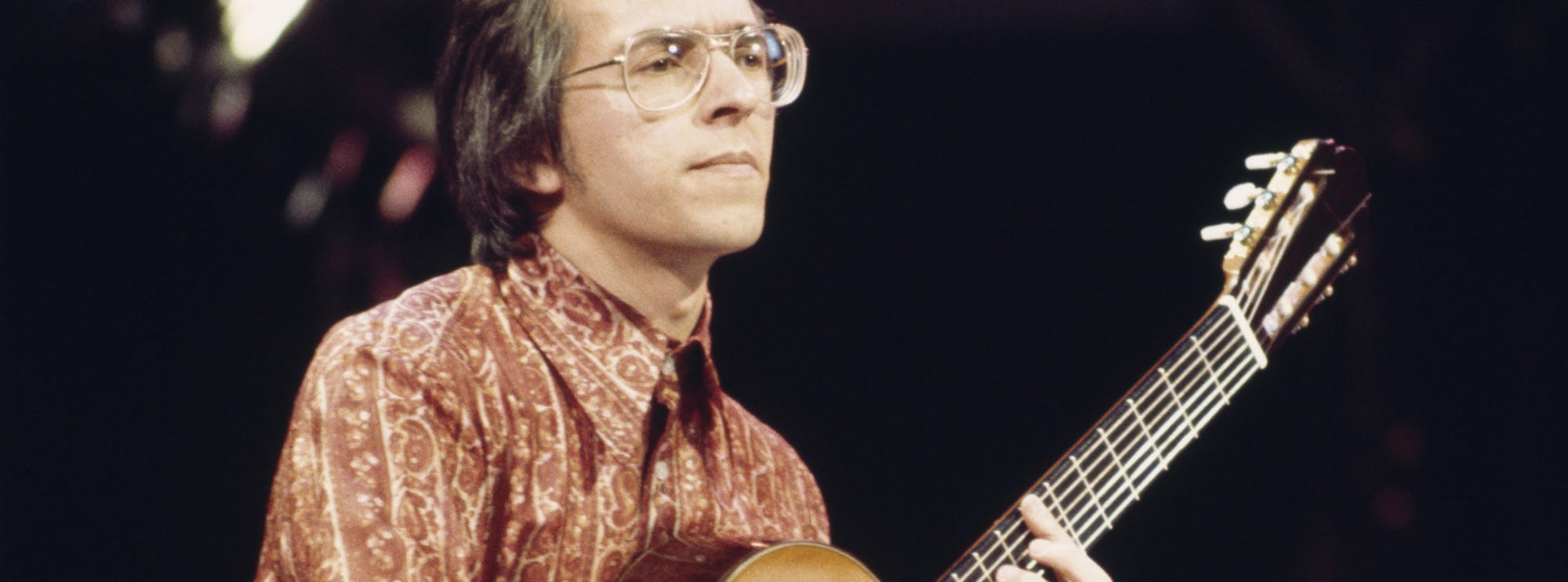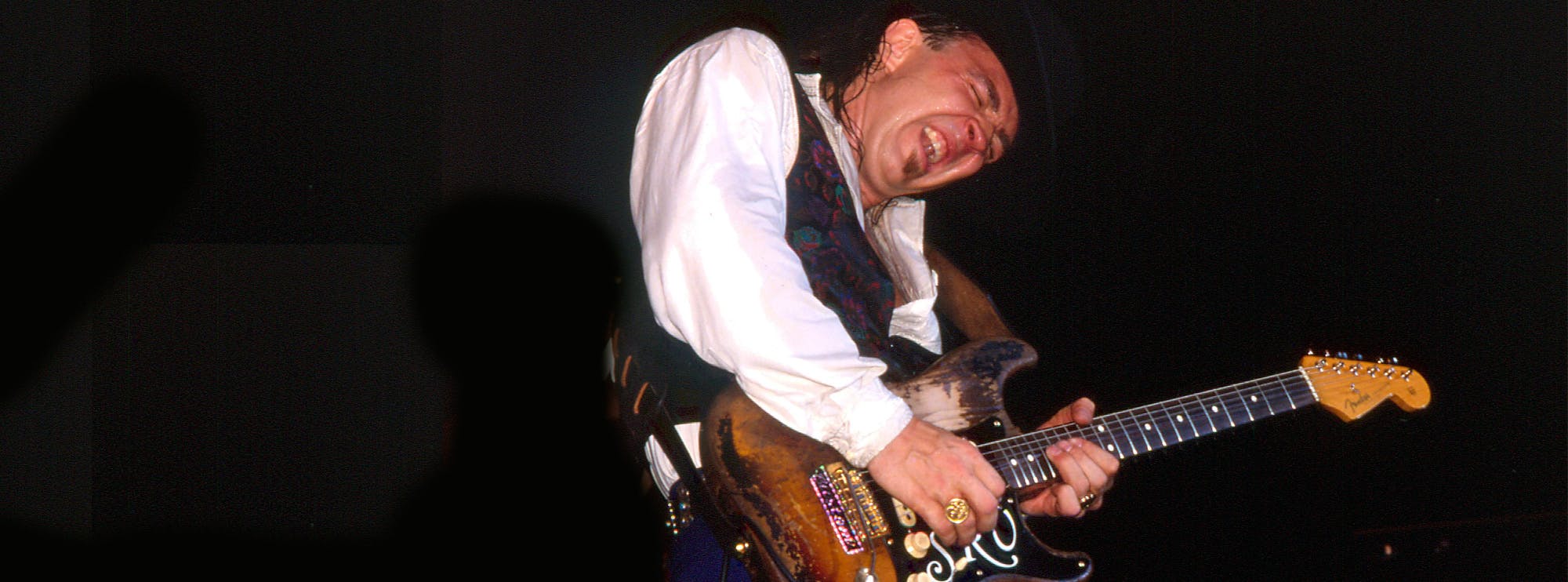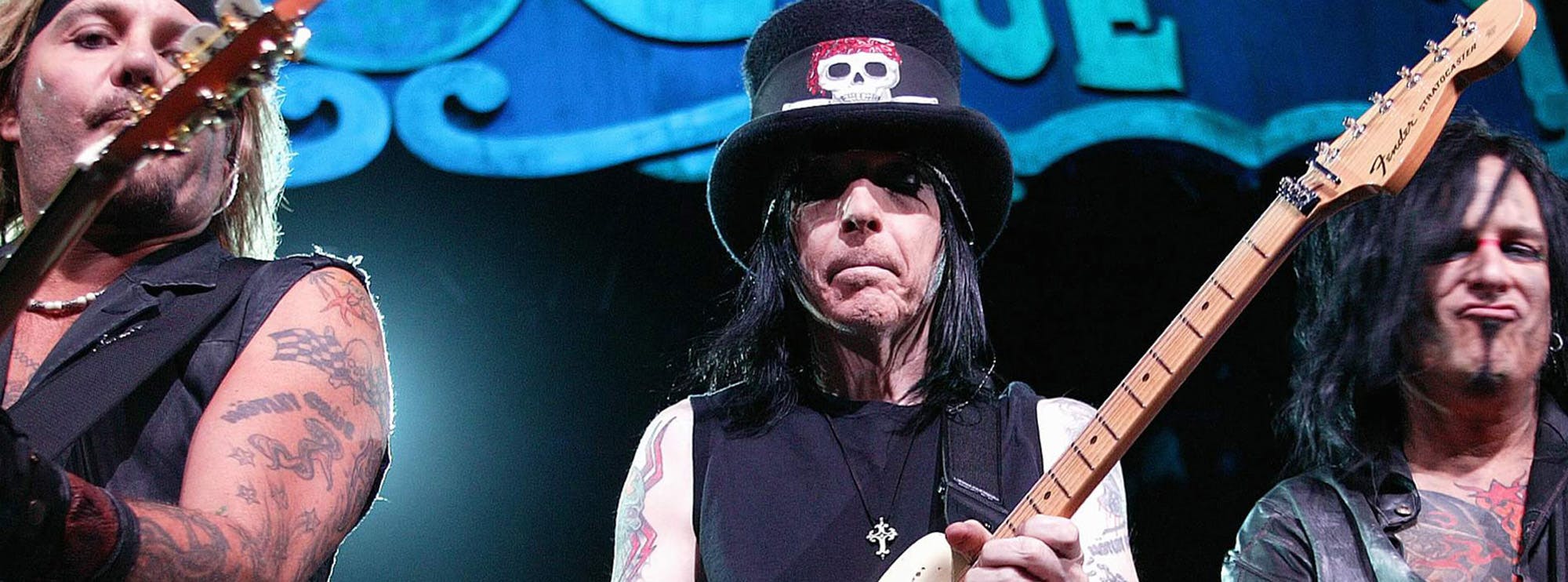Ride The Lightning: A Guitarist's Perspective
"Ride The Lightning" is the second studio album by the iconic heavy metal band Metallica, released in 1984. This album is a true masterpiece that has left an indelible mark on heavy metal history. The overarching musical influence of Cliff Burton and Kirk Hammett resulted in sophisticated guitar parts and epic instrumental sections; securing Ride The Lighting as essential study for all metal guitarists to this day.
In this course, Licklibrary tutor Sam Bell teaches you the highlights of each song from this classic metal album, one scorching lick and ferocious riff at a time; including the mighty “For Whom The Bell Tolls”, “Ride The Lighting”, “Fade To Black” and the infamous “The Call Of Ktulu”. This review will focus on the guitar work, with insights into the techniques used by James Hetfield and Kirk Hammett, as well as the scales and contributions of each member.
Track by Track Analysis
1. Fight Fire with Fire
The album opens with a deceptive acoustic intro featuring finger-picking, followed by a blistering thrash metal assault. The guitar work here employs the E minor scale, with the use of power chords, palm muting, and galloping rhythms that drive the song's intensity.
2. Ride The Lightning
The title track showcases Metallica's ability to blend melody and aggression. The song utilizes the E minor scale, with Hetfield and Hammett employing arpeggiated chord progressions, syncopated rhythms, and octave melodies. Hammett's solo features vibrato, alternate picking, and string bending.
3. For Whom The Bell Tolls
This track is built around a heavy, powerful riff in the key of G minor. It features double-stops, palm muting, and open-string riffs. The song also includes a memorable harmony section that showcases dual-guitar harmonies between Hetfield and Hammett.
4. Fade To Black
One of Metallica's most popular ballads, "Fade To Black" is a perfect example of their ability to create a melancholic atmosphere with an emphasis on melody. The song is in the key of B minor and features arpeggios, power chords, and barre chords. Hammett's solos incorporate legato, tapped harmonics, vibrato, and string bending.
5. Trapped Under Ice
This high-energy track features a blend of thrash and power metal elements. The song is in the key of E minor and showcases power chords, palm muting, and galloping rhythms. Hammett's solos in this track utilize alternate picking, legato, and tremolo picking techniques.
6. Escape
"Escape" is a melodic, mid-tempo track that displays Metallica's more commercial side. The song is in the key of A minor and features power chords, palm muting, and chord progressions. Hammett's solo includes vibrato, string bending, and alternate picking.
7. Creeping Death
A fan favorite, "Creeping Death" is a powerful track with an infectious, driving riff. The song is in the key of E minor and showcases power chords, palm muting, and syncopated rhythms. The solo by Hammett features alternate picking, string bending, and vibrato.
8. The Call of Ktulu
An instrumental track that closes the album, "The Call of Ktulu" is a haunting, atmospheric piece. It is in the key of D minor and demonstrates the use of arpeggios, power chords, and barre chords. The guitar solos incorporate vibrato, alternate picking, sweep picking, string bending, and whammy bar tricks.
Lead Guitarists and Their Contributions
James Hetfield
James Hetfield is not only the band's vocalist but also its rhythm guitarist. His signature aggressive playing style, tight rhythms, and innovative riffs form the backbone of Metallica's sound. Hetfield's contributions to "Ride The Lightning" are essential, as he co-wrote all the songs and provided the foundational rhythm guitar work for each track. His powerful downstroke technique, palm muting, and precise timing helped shape the band's unique style. Additionally, Hetfield often incorporates harmonics and syncopated rhythms in his playing, further enriching the album's guitar work.
Kirk Hammett
Kirk Hammett, Metallica's lead guitarist, is known for his melodic solos and innovative techniques. On "Ride The Lightning," Hammett displays his versatility, ranging from fast and aggressive solos to more emotive, melodic playing. His solos often incorporate techniques such as alternate picking, legato, tremolo picking, vibrato, and string bending. Hammett's ability to fuse these techniques with a strong sense of melody contributes greatly to the album's distinctive sound.
In conclusion, "Ride The Lightning" is a must-listen for any guitarist, regardless of their skill level or preferred genre. The album's combination of aggressive thrash metal riffs, melodic solos, and diverse techniques make it an invaluable learning resource and a testament to Metallica's musicianship. Both James Hetfield and Kirk Hammett's contributions to the album have left a lasting impact on the world of heavy metal guitar playing.
"Ride The Lightning" not only serves as a masterclass in guitar techniques but also as an inspiration to guitarists looking to push the boundaries of their playing. By studying the techniques and styles used in this album, guitarists can expand their skillset and incorporate new ideas into their own playing. As a result, "Ride The Lightning" remains an essential album for any guitarist's collection and a milestone in the evolution of heavy metal music.
Guitar Techniques Used in "Ride The Lightning"
"Ride The Lightning" is a treasure trove of guitar techniques and styles, making it a great learning resource for guitarists. Here's a summary of the techniques used in this album, click through to learn more about the individual techniques:
- Alternate Picking
- Arpeggios
- Barre Chords
- Chord Progressions
- Double-Stops
- Finger-Picking
- Gallop Rhythms
- Harmonics
- Legato
- Open-String Riffs
- Palm Muting
- Power Chords
- Sweep Picking
- Syncopated Rhythms
- Tapped Harmonics
- Tremolo Picking
- Vibrato
- Whammy Bar Tricks
About The Tutor
Tutor Profile
Sam Bell
Sam Bell has been playing guitar from the age of 4, since then he has played many styles from Funky Blues to screaming Metal/Fusion on 8 string guitar. A member of UK tech metal band ‘Mask of Judas’, he is also currently writing his own solo instrumental album. He also...




